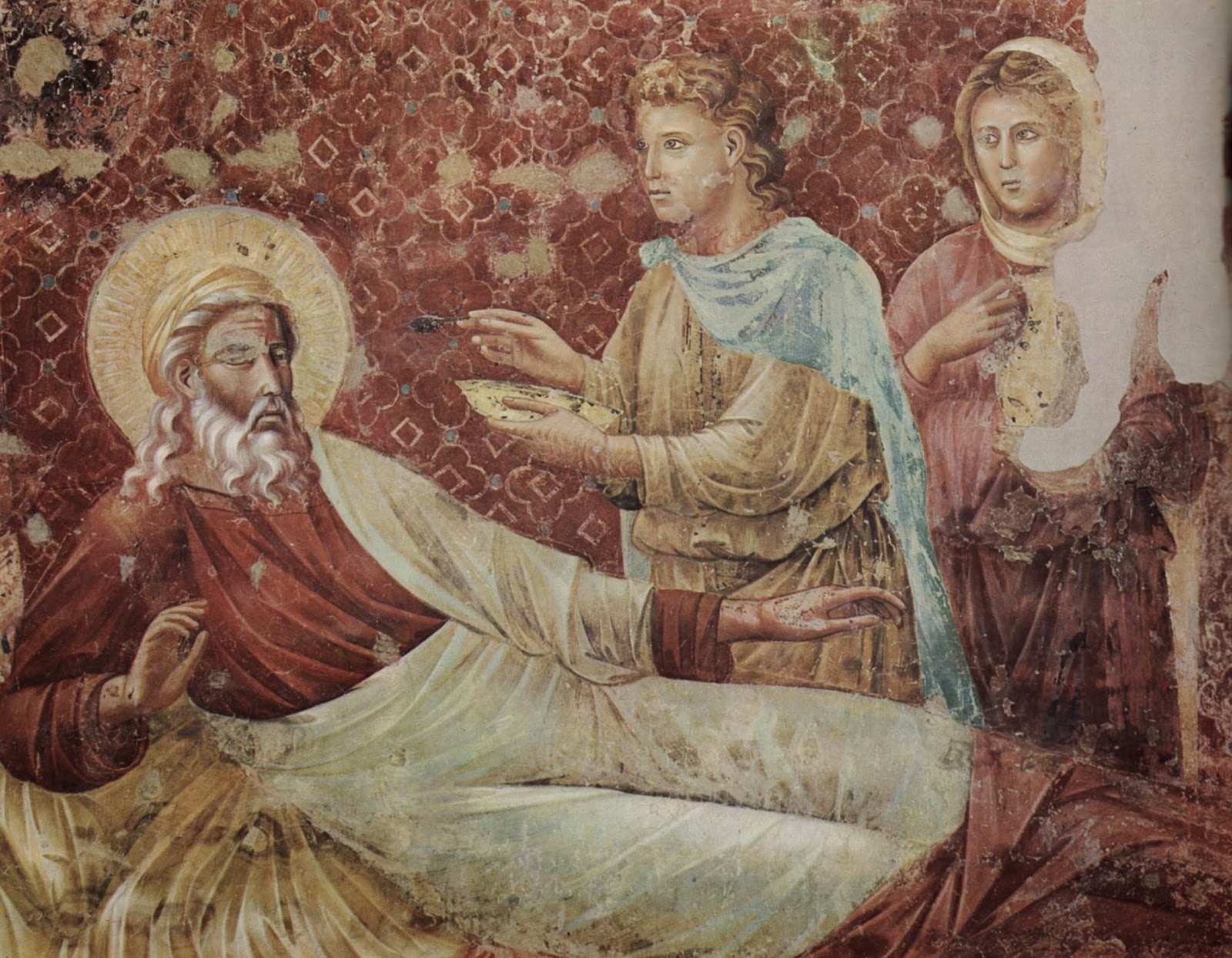Occasionally, an essay, book, or presentation hits you in a way that substantially changes your perspective on a given topic. Don Bradley's presentation at the 2012 FAIR Conference provided a very interesting take on the topic of temple worship in the Book of Mormon. His talk was entitled, "Piercing the Veil: Temple Worship in the Lost 116 Pages." This post serves as a snapshot of his presentation in identifying the corollaries between Nephite sacred objects and Israelite temple objects, although I would refer the reader to the full talk where these concepts are more fully developed.
The Book of Mormon clearly identifies the existence of temples in Nephite territories (2 Nephi 5:16; Mosiah 2:1-7; Helaman 10:8; Alma 10:2; Alma 16:13; 3 Nephi 11:1), but the text provides minimal description of their functionality. Brother Bradley prefaces his discussion of Nephite temple objects by asking "what do we know about their temple worship, how it worked and what was it for?" The following Nephite/Israelite parallels provides some potential answers to these interesting questions.


